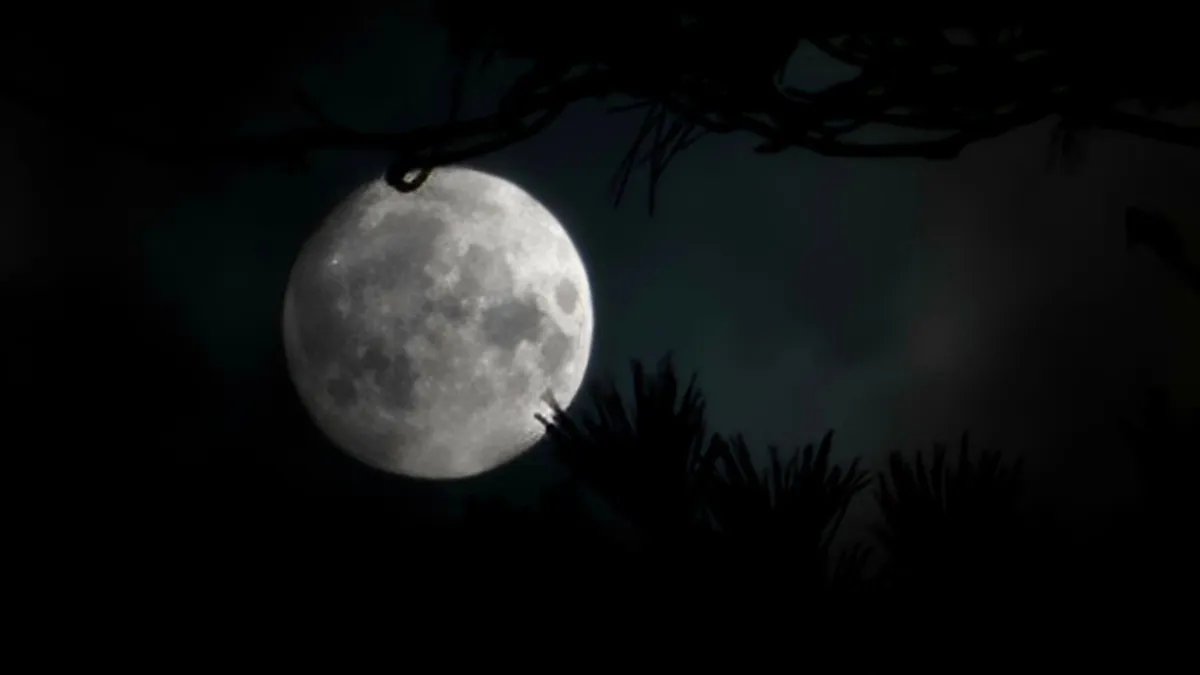
As we move through the remainder of the year, stargazers and nature enthusiasts are in for a treat. Keep your fingers crossed for clear skies, especially on the evening of October 6, when the first of several supermoons will light up the night. A supermoon is a full moon that appears significantly larger and brighter than usual because it reaches a point known as perigee, the closest approach the moon makes to Earth during its elliptical orbit.
The term “supermoon” is not an official astronomical designation but is commonly used to describe full moons that occur when the moon is at least 90% of its perigee. These celestial events take place just three to four times each year, and they always occur in consecutive months. A supermoon is defined as a full moon that is closer than 360,000 kilometers (approximately 223,694 miles) from Earth.
The first supermoon, known as the Harvest Moon, will rise on October 6. This full moon is significant as it is the closest full moon to the autumnal equinox, marking the official start of fall. Historically, the name 'Harvest Moon' dates back to the time before electricity, when farmers relied on the moonlight to harvest their crops late into the night. The bright light of the moon was especially vital during the fall harvest, when crops were plentiful.
Following the Harvest Moon, the next full moon—the Beaver Moon—will occur on November 5. This moon is noteworthy as it will be the closest the moon comes to Earth all year. The name originates from the Maine Farmer's Almanac, which first published Indian names for the full moons in the 1930s. Native American tribes in the northern and eastern United States referred to this moon as the Beaver Moon, signifying the time of year when beavers prepare to build their dams before the ground freezes, and the first snow falls in northern regions of the U.S. and Canada.
The final supermoon of the year, termed the Cold Moon, will illuminate the night on December 4. This full moon is aptly named as it signifies the onset of winter, characterized by long, cold nights. The Cold Moon invites a period of introspection, as people huddle together for warmth and find solace in the serene quietness of winter landscapes.
These three supermoons—the Harvest Moon, Beaver Moon, and Cold Moon—promise to captivate both amateur astronomers and seasoned stargazers. When the moon is at perigee, it can appear up to 14% closer to Earth than at apogee (the point farthest away). This proximity results in the moon appearing 14% larger in diameter and reflecting up to 30% more sunlight onto Earth compared to a full moon at apogee.
Additionally, the gravitational interactions between the moon and Earth can significantly affect tides. The most pronounced differences between high and low tide occur during the Full Moon and New Moon, known as spring tides or king tides. During these phases, the gravitational pull from both the moon and the sun aligns, causing the ocean's waters to be drawn in the same direction. If you plan to visit the shore during these times, it's wise to check local tide levels.
If you can't witness the full moon on the exact date, there's no need to worry. The days leading up to and following a full moon will still offer a stunning view, with the moon appearing very large and bright in the night sky.